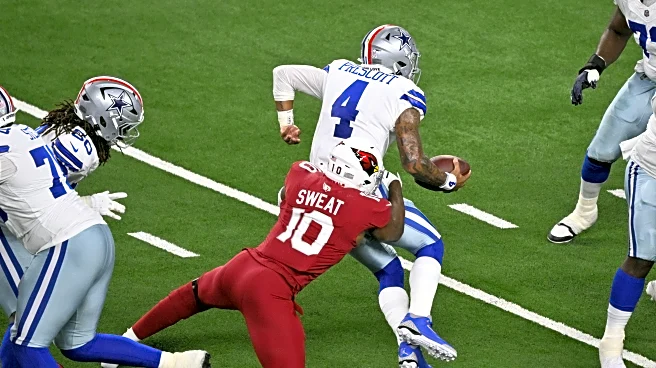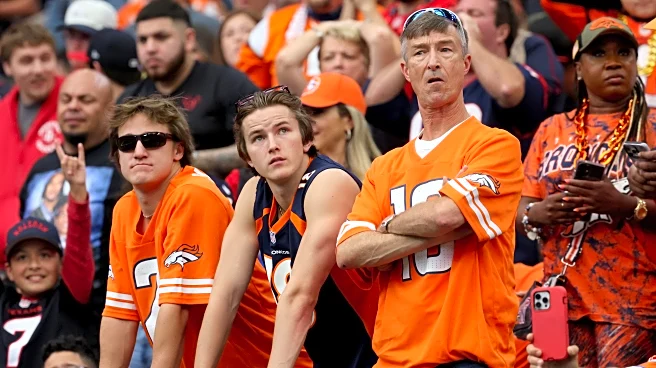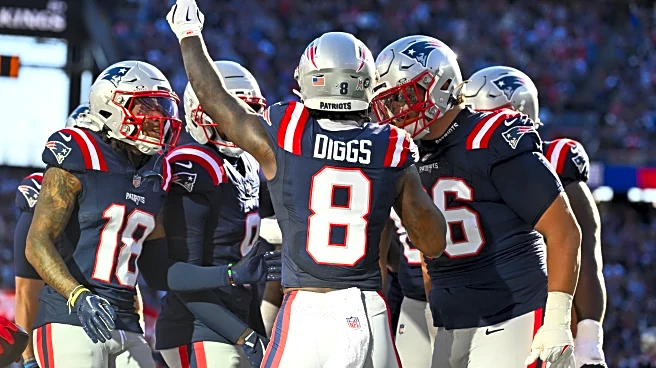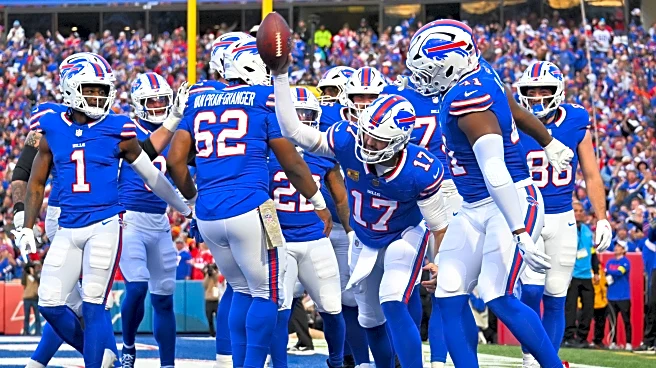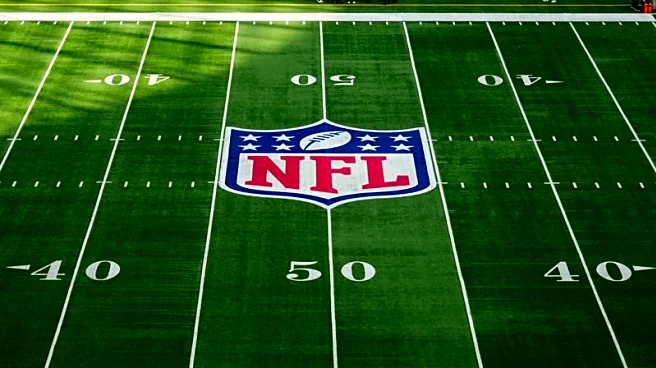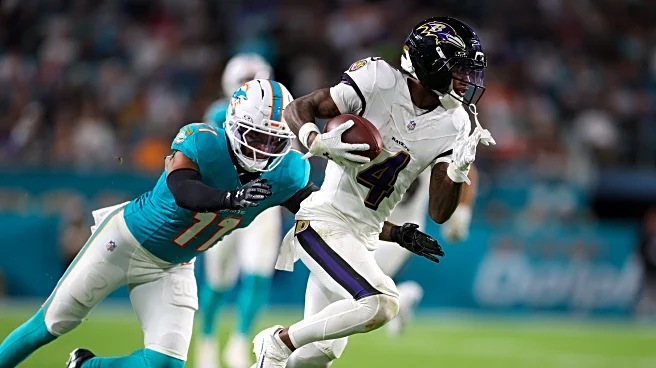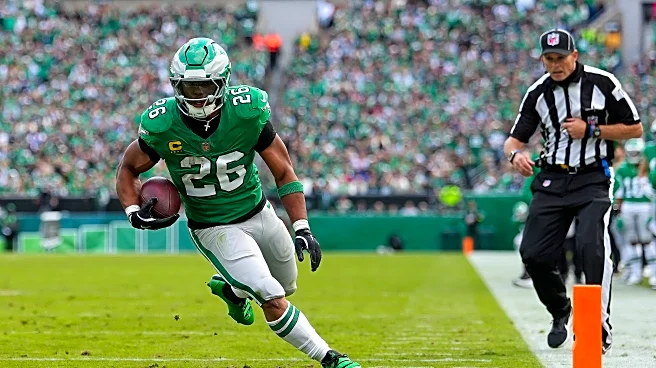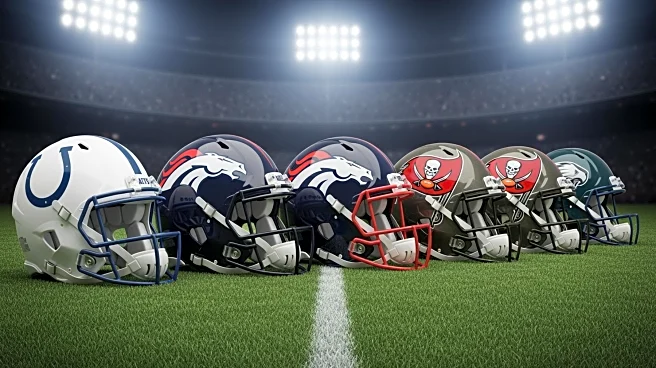Total tackles, interceptions, and sacks are the hallmarks of any defense. There are other parameters, such as total yards allowed either in the run game or through the air, the number of batted passes,
and tackles for loss. But the aforementioned stats are considered the Big-3. Or, are they? There is another metric that is fast becoming a major stat: pressures. Pressures are used to evaluate how effective a defense is on passing downs. But this stat differs in scope and what it actually measures. Registering sacks, this has always been a definitive moment in any game, similar to a hard dunk in a basketball contest. The game suddenly comes crashing down as the home crowd goes berserk, or the visiting stadium goes eerily quiet. A sack changes the offense’s current drive and not only takes away a useful down, but adds yardage to the grand total needed to gain another set of downs. Sometimes, a sack will result in an injury to either the opposing team’s quarterback or to the blocker who attempted to stretch a hamstring or groin muscle trying to reach farther than his body is designed to achieve. And in today’s game, armed with various penalties designed to protect signalcallers, the play can go against the defense.

Sacks are exact. Sacks are easy to interpret. Sacks are straightforward to decide upon in the stat column for those keeping up with the game’s data. They are a specific form of pressure, and either the quarterback is knocked down on the ground or he’s not.
Other pass rushing stats, such as QB hits, knockdowns, and hurries, have their own agenda.
A hurry is when a quarterback is forced to throw the ball before he is ready. A knockdown describes when the ball has left the quarterback’s hand, and yet he is hit and falls to the turf. A QB hit is when a defender makes contact with the quarterback, but does not bring him but usually disrupts the QB’s actions.
Pressures are defined as all of the above.
A defensive player can achieve any of the above stats and also receive a “pressure” in his game numbers. Essentially, a single “pressure” is a defensive act that will interrupt the quarterback’s ability to make a clean throw.
Is a sack also a pressure? You bet.
Now, in a game, the word “pressure” can also have another meaning. Defenders constantly “apply pressure” to their opponent’s offense, especially during a passing down. But this definition of pressure is not the same as the statistic of “pressure.”
For those of you who are learning the English language, yes, the King’s English is full of quadruple meanings. Just try to keep up. You can read a book and then have read it with a cover that is red, and now you are well-read.

Forever, it seems, sacks have been considered one of the most important defensive statistics. Players can have nominal total tackles and other assorted stats, such as forced fumbles, but if the defender has upwards of 15 sacks, he is considered a major participant for that defense. Many athletes who get close to 20 sacks suddenly receive huge contract extensions in order to retain his services. He may not be any good at the other aspects, such as run support, pass coverage, recovering or causing fumbles, but as long as his sack numbers jump, he is consistently discussed in the media.
Pressures are a broader category encircling any instance where a defender employs significant pressure on the quarterback before the pass is thrown.
The question is, has “pressures” surpassed “sacks” as the definitive defensive indicator?
Every NFL defense has its particular method to apply pressure on its opponent’s offense. This is done with a normal amount of pass rushers, sending extra players via a blitz, or by implementing stunts.
The NFL is a passing league. While it is true teams have to be able to run, the facts are that offenses are geared more towards the passing element than trying to cram the ball down anybody’s throat play after play. How many clubs today actually claim a ground-and-pound attack?
Did you know?
Ground-and-Pound
A way to describe a team that runs the ball on most downs with great success. However, its origins offer the opposite meaning. In 1989, San Francisco 49ers cornerback Tim McKyer was being interviewed by the San Francisco Chronicle when McKyer thought the Chicago Bears’ run-first offensive scheme was horrible and one-dimensional. He said, “They don’t have a complicated offense. The Bears just try to ground-and-pound.”
Consistent pressure is key to disrupting offenses. Creating “pressure” is a more constant and replicable facet of playing defense.
While the stat of “sacks” indicates how many times a defense has actually gotten to the quarterback, the stat of “pressures” is more revealing of a team’s pass-rushing ability overall.

Former New England Patriots head coach Bill Belichick once stated:
“Pressures correlate more with good defense than sacks do.” They just might mean that a defense doesn’t necessarily need to sack a quarterback often in order to achieve a successful pass rush, as long as defenders are getting close to sacking him continually.
There are teams like the Kansas City Chiefs that live and die with blitz packages. Other defensive coordinators live on the opposite side of this spectrum. They believe that a defense can generate pressure without sending extra guys if you have the right athletes in their system.
In the Super Bowl this past February, the Philadelphia Eagles presented a standard pass rush without sending extra players, and it was a defining aspect of their lopsided win.
But what do the numbers say from last season?
NFL Pressure Rate Leaders: Four or Fewer Pass Rushers
- Denver Broncos 39.3%
- Cleveland Browns 38.2%
- Seattle Seahawks 36.6%
- Philadelphia Eagles 35.5%
- Detroit Lions 35.2%
NFL Pressure Rate Leaders: Stunts
- Los Angeles Rams 51.4%
- Cleveland Browns 48.6%
- Minnesota Vikings 48.6%
- Chicago Bears 48.6%
- Green Bay Packers 46.7%
NFL Pressure Rate Leaders: Blitzes
- Green Bay Packers 48.3%
- New York Jets 48.2%
- Kansas City Chiefs 45.2%
- Cleveland Browns 44.8%
- Indianapolis Colts 44.7%
As you can see, sometimes a single presence of one dominant player, like Cleveland’s Myles Garrett, can change these metrics and highlight just how effective the defense is at confusing offensive linemen and obliging quarterbacks to speed up their decision-making process.
Sacks are certainly important perimeters for every defense. But have pressures become the new determinant of success? This tendency is set to continue.
